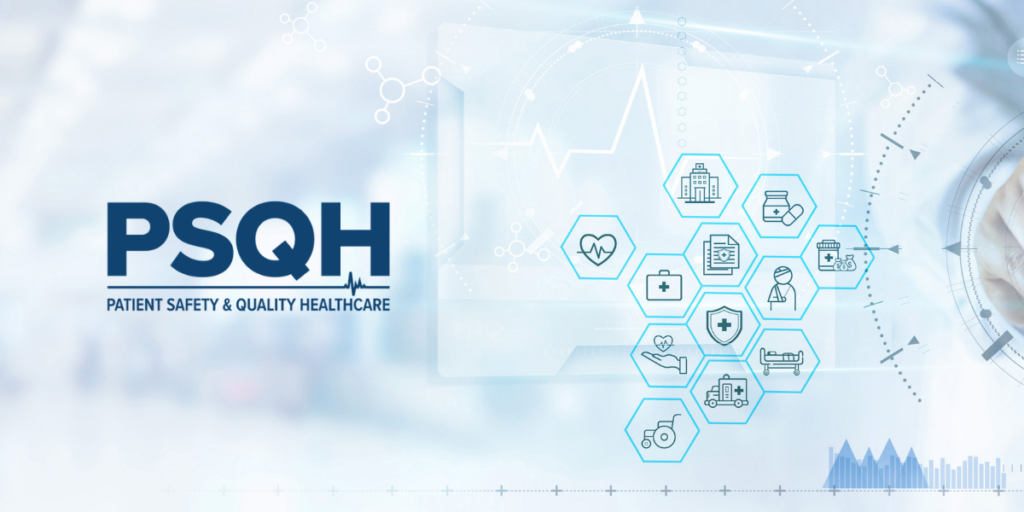
There is a lot of talk lately about how to use artificial intelligence (AI) in healthcare. Right now, AI is most often used to increase the accuracy and speed of advanced diagnostics and medical imaging. Of course, the power of AI promises to reach far beyond medical applications. It offers a solution to labor-intensive administrative tasks like utilization management, clinical review, and medical coding and billing.
With its capability to recognize patterns in data that may be challenging or even impossible for humans to discern, AI shows remarkable promise in identifying patients who are likely to engage in care management effectively. Furthermore, generative AI—software that can create new content or data similar to what it has learned from—unlocks new possibilities to improve critical aspects of healthcare and contribute to an AI-enabled projected annual savings of $200 billion to $360 billion.
Uncertainty in AI use
The United States has a deep-rooted love for innovation. With the country’s culture of entrepreneurship and its emphasis on research, it is no surprise that the government’s primary focus on AI was investing in development. But the focus is shifting. With the release of ChatGPT in November 2022, a chain reaction started, set in motion by the fears and concerns of lawmakers.
The White House, Congress, and federal agencies are increasing their awareness of generative AI and are all taking a bite at the AI regulation apple. With everything that is happening, it is becoming challenging to keep up. Some recent updates, include:
- FTC Chair Lina Khan issued a joint statement on AI with DOJ and other agencies, highlighting the intent to enforce consumer protection in automated systems.
- FDA Commissioner Dr. Robert Califf claimed digital health tool development is outpacing the agency’s ability to regulate them.
- Former FDA Commissioner Dr. Scott Gottlieb urged the FDA to develop new regulations for this emerging technology.
What is clear is that AI systems show immense potential. With the fast pace of conversation around AI, it is more critical to monitor best practices, which include developing a human-in-the-loop approach.
AI in utilization management
Running parallel to conversations on generative AI is the concern that algorithm-based systems deny care coverage. Recently, STAT News released an investigation about Medicare Advantage (MA) plans using predictive algorithms to deny coverage and ProPublica released a report detailing Cigna’s PXDX, which allegedly allows the insurers to deny tens of claims in just seconds.
It is fair to say that both of these reports spurred interest from Congress.
For instance, the U.S. Senate Permanent Subcommittee on Investigations sent letters to the three largest MA insurers—UnitedHealth Group, CVS Health, and Humana—seeking internal documents that detail how these insurers may use AI in claim denials. Also, The U.S. House Energy and Commerce Committee sent a letter to Cigna requesting the insurer respond to allegations that it uses AI to deny claims.
The promise of AI and algorithms to streamline administrative processes is great, but systems should keep a human in the loop. This is why the way forward for technology in utilization management is by streamlining approvals and requiring human review for denials.
In circumstances of prior authorization, AI shows the potential to enable point-of-care decisions, which ultimately decreases costs for payers and reduces burden for providers. By applying robotic process automation (RPA), most necessary manual processes—like reviewing faxes and other digital messages necessary for decisions—can be automated. Rather than waiting for the standards to catch up, healthcare organizations can act now to reap the benefits of streamlined approvals.
AI in care management
Healthcare is more than just receiving and paying for medical treatment. It should be about personalized care that considers an individual’s unique needs, preferences, and circumstances. This requires the right data at the right time.
AI’s ability to quickly process vast amounts of structured and unstructured data, identify complex patterns that humans may overlook, and make accurate predictions based on these patterns unlocks new possibilities. While it can automate these processes, having a human-in-the-loop design that allows supervision enables a process where providers can predict if a patient is likely to engage. Care managers and coordinators will now have the tools to tailor their engagement approaches, identify underlying barriers to engagement, and allocate resources more efficiently, helping tackle burnout.
Final takeaways
AI use in healthcare continues to evolve. The technology offers many solutions beyond clinical care, including automating administrative tasks. It can free providers from the administrative tasks contributing to burnout and allow them to do what they do best: care for patients.
Through supportive data analysis, new tools can identify efficient resource allocation and reduce unnecessary costs. As AI evolves and is more integrated into healthcare, it will undoubtedly face regulatory scrutiny, demanding an appropriate balance between AI’s benefits and pitfalls. But we must continue to innovate for the benefit of all patients.
This piece originally appeared in PSQH in September, 2023.


About The Author: Kenneth Young
Kenneth Young is an accomplished executive with a time-tested record of successful business performance. As the President and Chief Executive Officer of Medecision, he blends insightful business acumen with strategic planning and leadership to drive change and organizational improvements for growth. His expertise extends across diverse industries, including healthcare technology (ERP and SaaS), life sciences, manufacturing and professional services.
A skilled collaborator and leader, Ken’s experience spans executive roles in finance, operations and business transformation. At Medecision, he has held multiple roles critical to the company’s success, including Chief Financial Officer and Chief Transformation Officer. Ken spearheaded Medecision’s initiatives to enhance financial performance and new business development, accelerate business strategy and drive transformation as an ongoing opportunity that leads to lasting success.
As the Chief Operating Officer and Chief Financial Officer of Vidyo, a leader in video collaboration technology, Ken led the company’s strategies to enhance operational efficiencies, improve productivity and maximize profitability.
Prior to joining Medecision, as an experienced, results-oriented senior financial executive, Ken led high-growth public, private, US and multinational companies. While serving in leadership at Grant Thornton LLP, Ken was involved in several merger and acquisition transactions, and oversaw audit and business advisory services for public and private technology, manufacturing and service organizations.
More posts by Kenneth Young